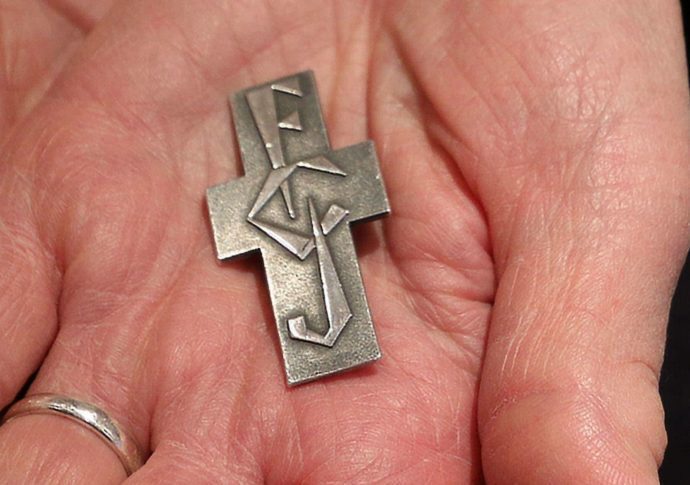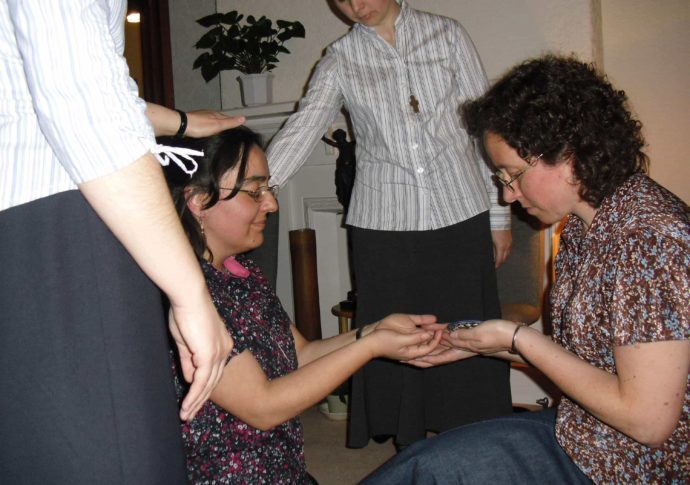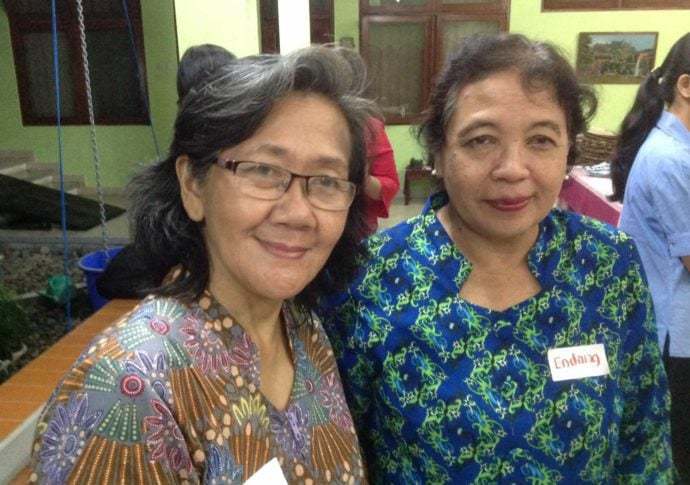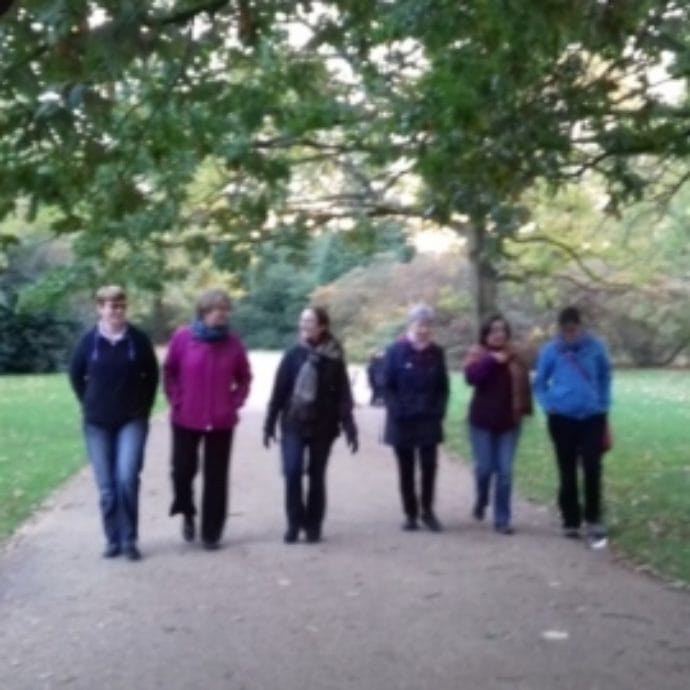The FCJ Sisters in Melbourne were invited to a ‘soft launch’ of a new publication called The Characteristics of Catholic Education in the FCJ Tradition.

The purpose of the booklet is to situate, in the contemporary Australian context, the essential characteristics of FCJ spirituality with fidelity to the tradition of the sisters Faithful Companions of Jesus. The content is the fruit of research, facilitated workshops, consultations with educational representatives from the FCJ colleges and FCJ sisters.
The booklet highlights the legacy of the Faithful Companions of Jesus since the arrival of the first sisters in Australia in 1882. They laid the foundations for a high-quality education program, incorporating an international focus.
Central to the booklet are the named FCJ characteristics of Companionship, Gentleness, Justice, Courage and Confidence underpinned by Hope and Faithfulness. Each of these values is referenced in Scriptures and the writings of prophetic people, and explained in contemporary language, providing a goal towards which an FCJ college aspires. The booklet also includes the Ignatian Daily Examen, and questions for reflections accompanied by beautiful scenes of Australia.

Also launched was FCJ Education Australia, as the new civil entity (sole Member) of the two FCJ Colleges in Australia, Genazzano FCJ College and FCJ College Benalla. The Chair, Professor Marie Emmitt, spoke about her desire to continue the legacy of the FCJ Sisters who established high quality education institutions. The FCJ Sisters then sang a blessing over Marie as the inaugural Chair of FCJ Education Australia Board.
Post content adapted from text by Shirley Gauci, FCJ Education Board Executive Officer, and from the book introduction by Prof Marie Emmitt




















